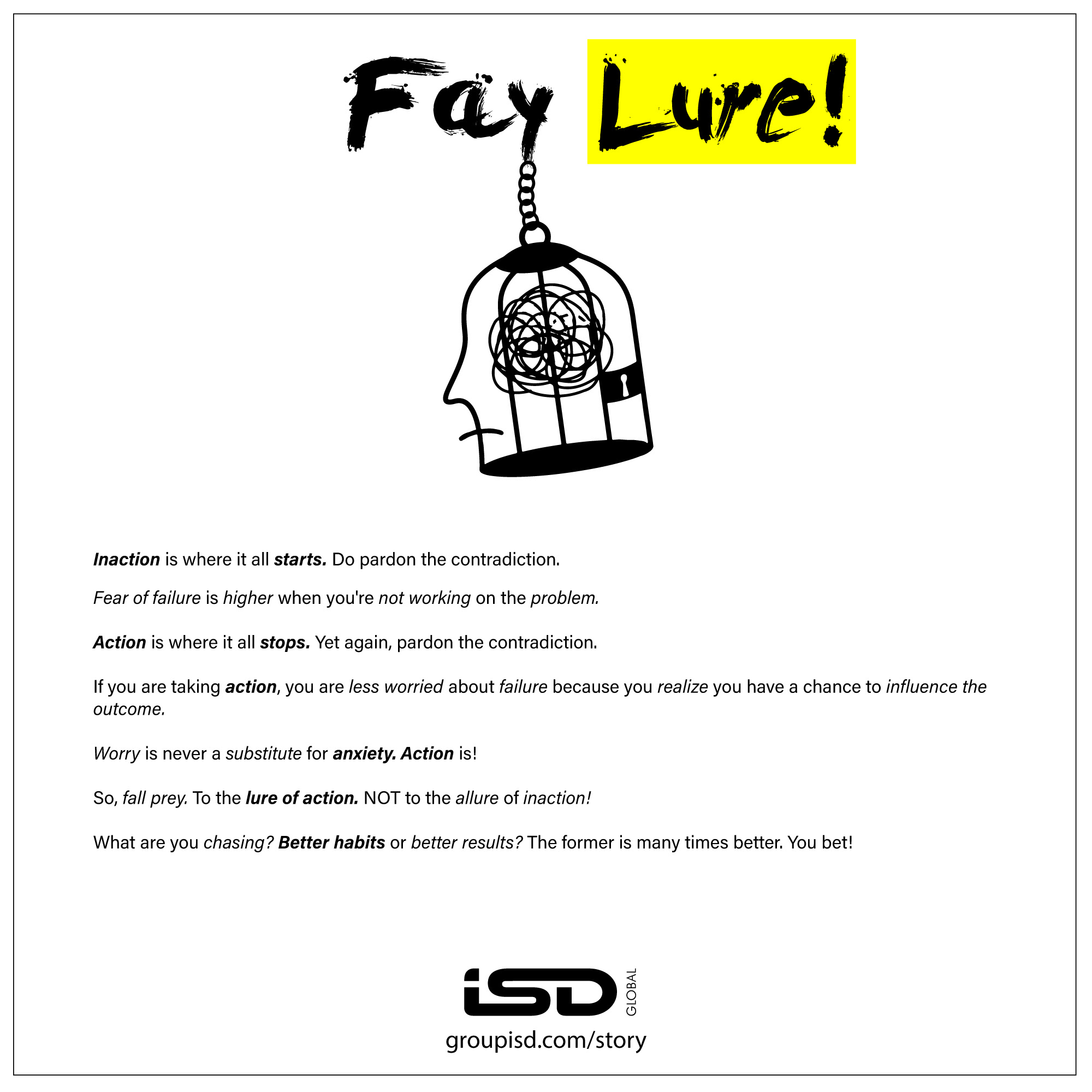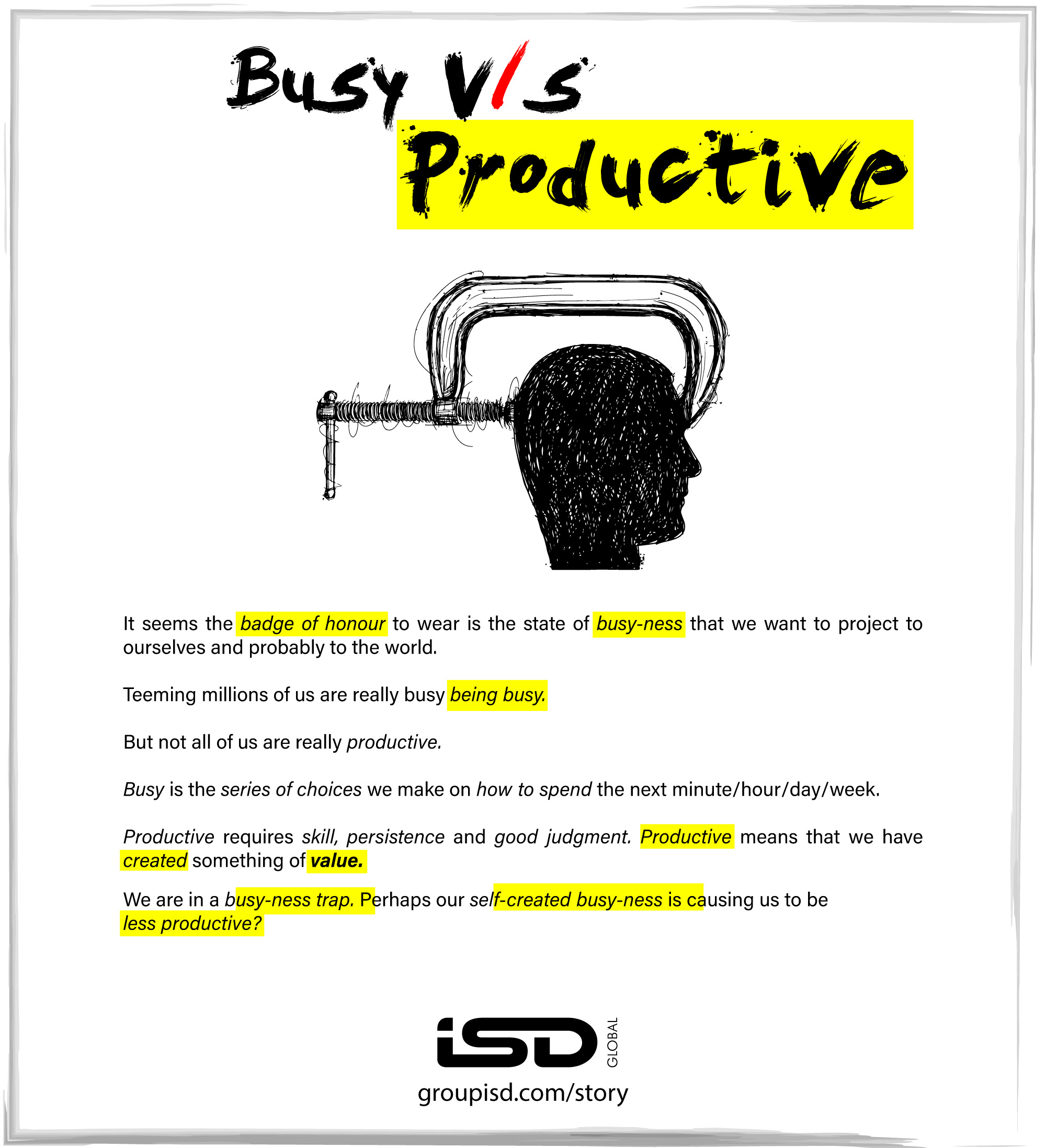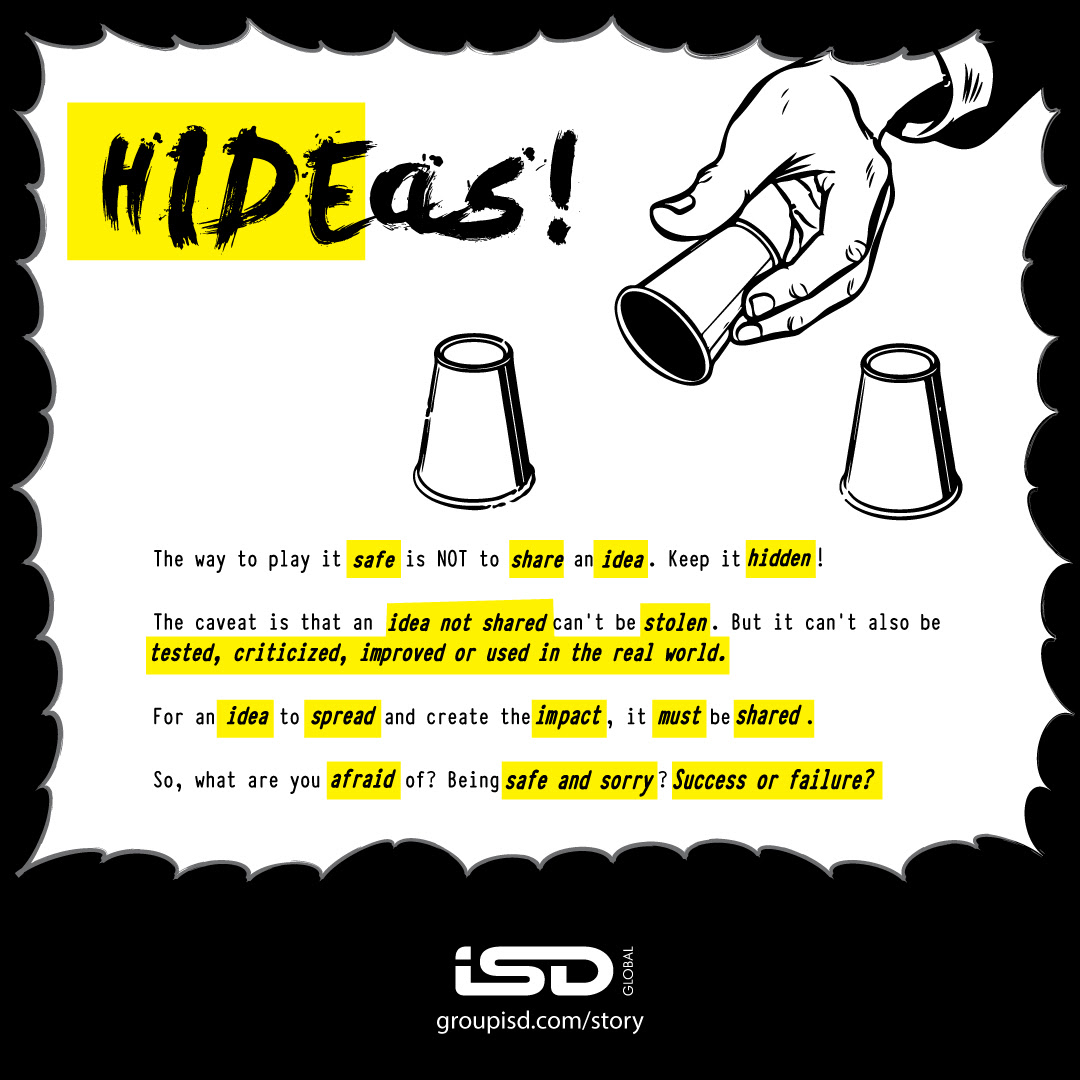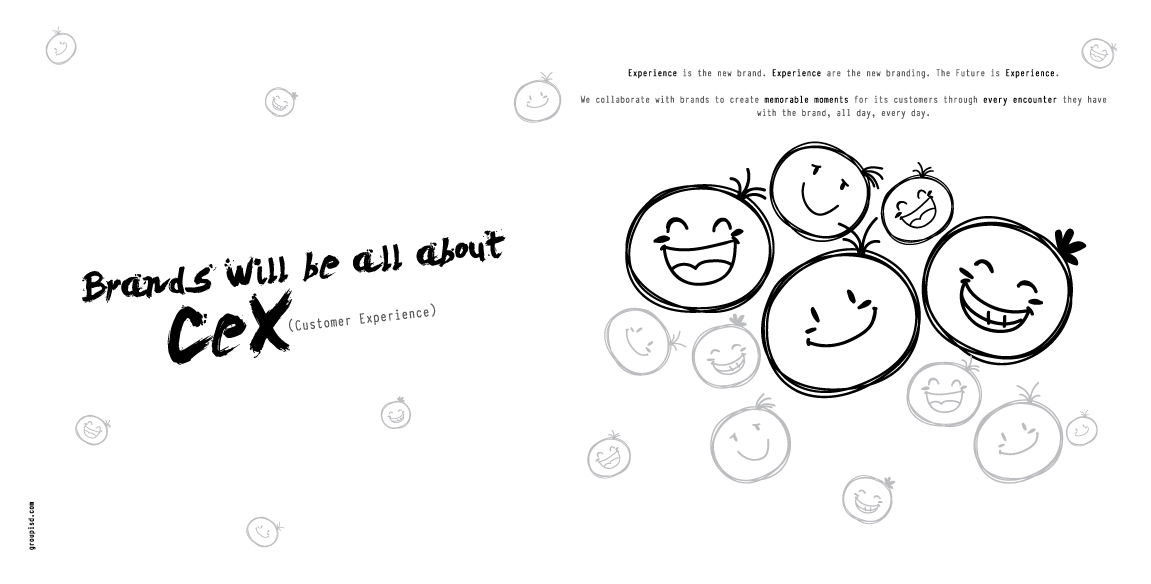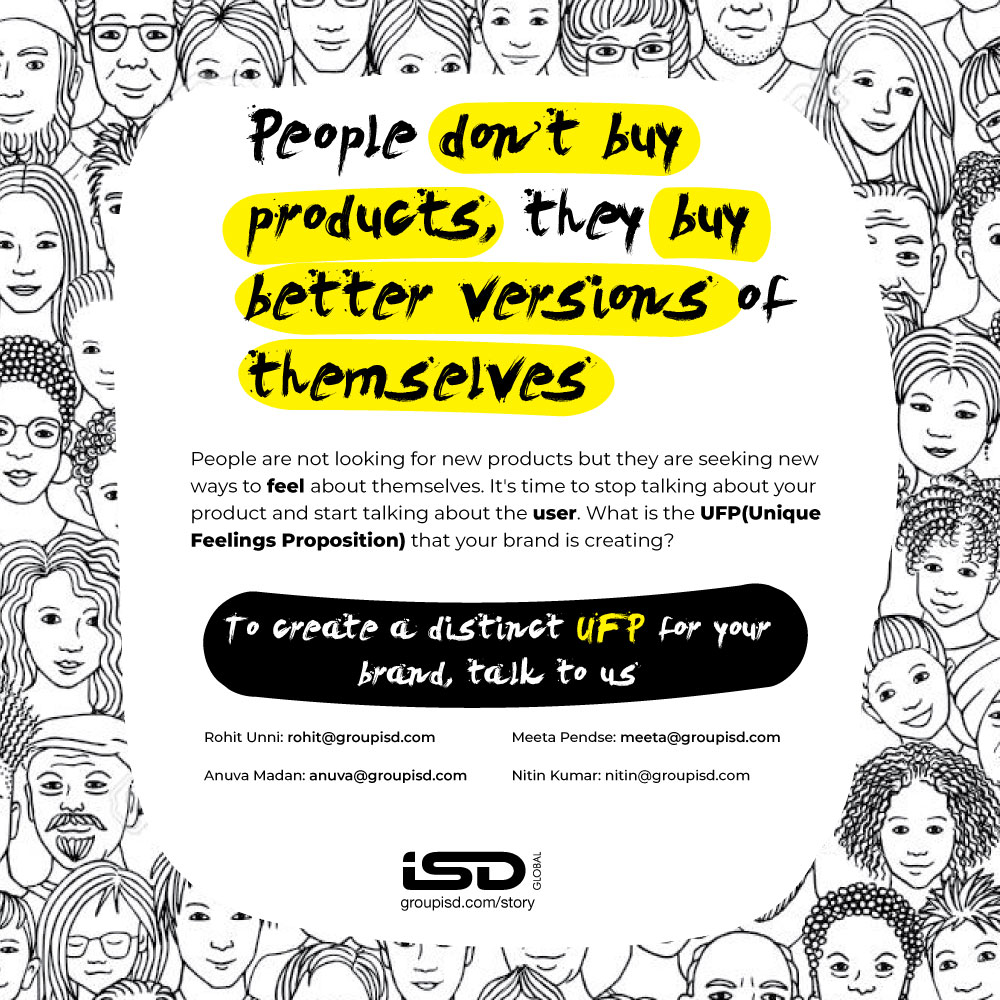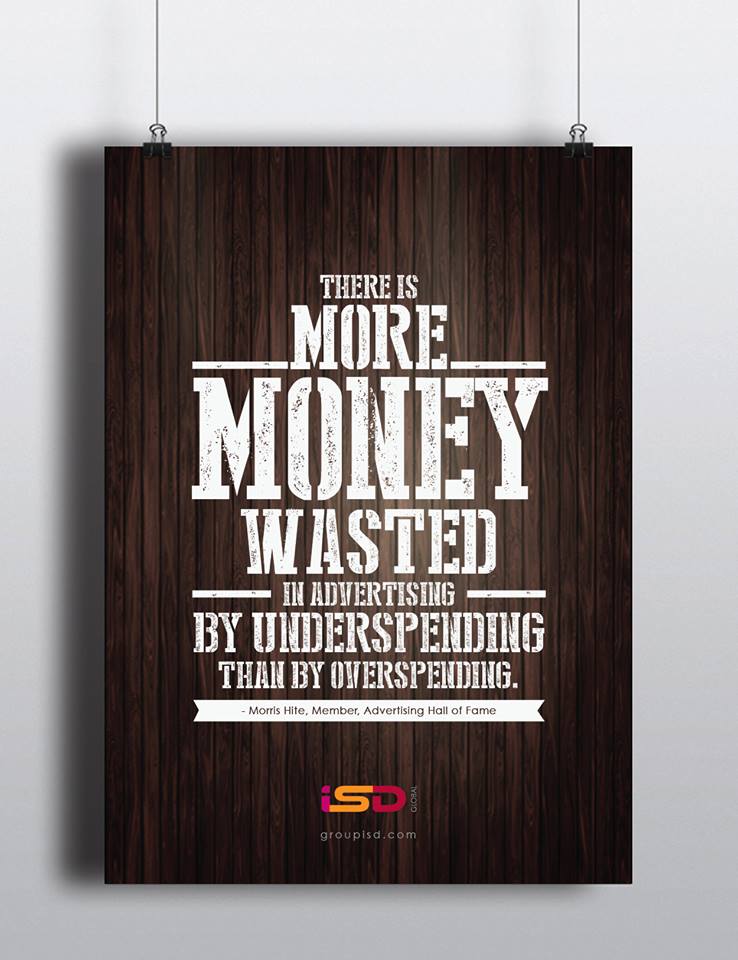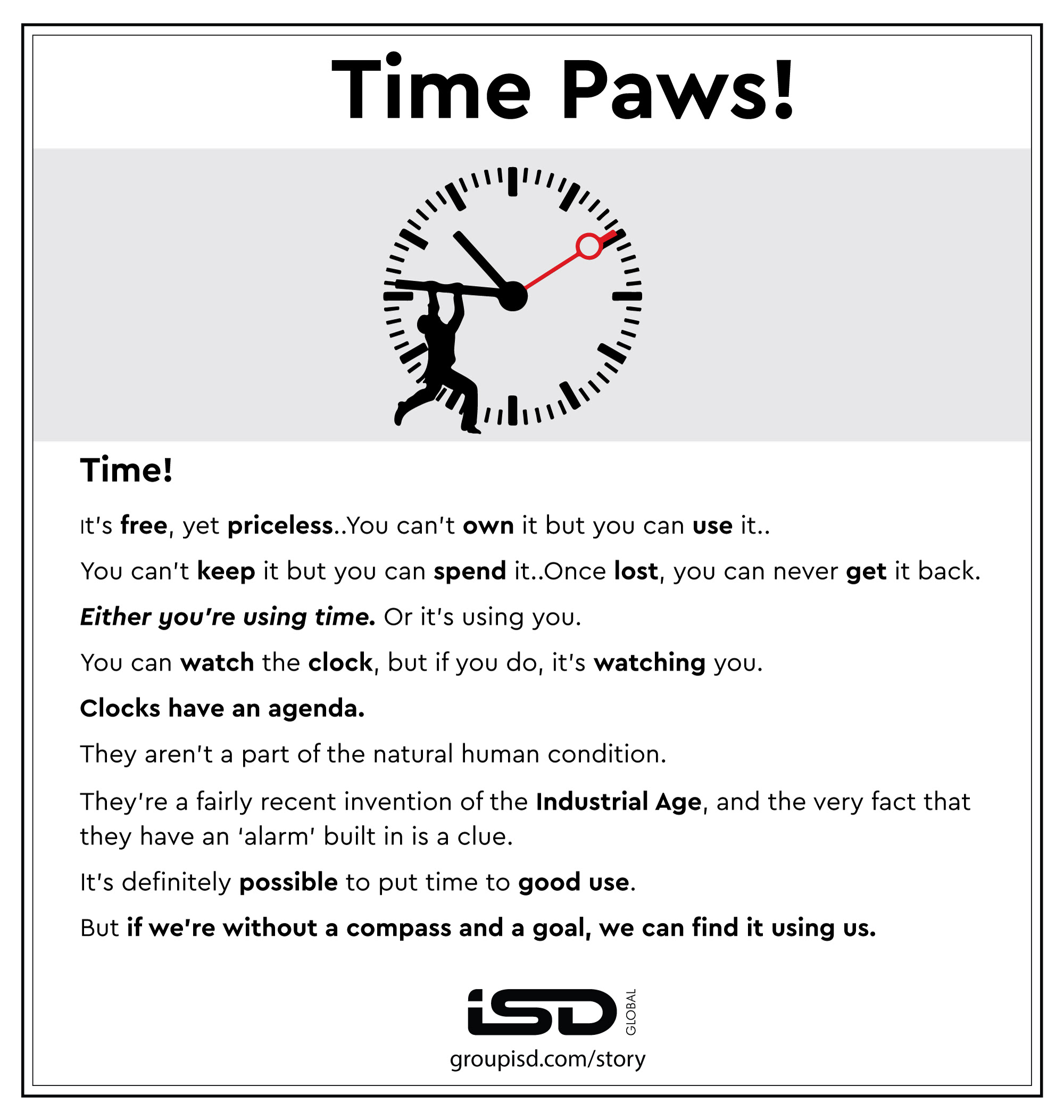The first time I walked into an important meeting in Dubai wearing mismatched socks( purely by accident and certainly not by design) and carrying coffee in a paper cup ( yes, suffering the wannabe hangover), I realized something profound: we’re all just professional pretenders in a global theater of competence. From the CEO furtively Googling acronyms under the table to the new hire reciting memorized industry jargon—humanity’s greatest collective achievement isn’t civilization, it’s our worldwide conspiracy of confidence.
Confidence is a Ponzi Scheme, and you’re the founder. Confidence isn’t something you’re born with—it’s something you fabricate until it becomes real. Think of it as a mental Ponzi scheme where you’re both the scammer and the beneficiary. Richard Branson started Virgin Records with zero experience in the music industry. He just acted like he knew what he was doing until he actually did. Now he’s launching rockets. Go figure.
Fake confidence is like wearing a superhero cape. Sure, it’s just fabric, but damn, does it make you feel invincible.
Fake it till you make it: The world’s most profitable bluff. If life had an instruction manual, the first chapter would be titled: “No One Knows What They’re Doing. Act Like You Do.” Think about it. The most successful people didn’t wait for permission, degrees, or divine intervention. They showed up, talked a big game, and then figured it out on the fly. The world isn’t run by geniuses—it’s run by confident amateurs who dared to fake it until they made it.
Faking it works, but only if you keep making it. Elizabeth Holmes( of Theranos) faked it and didn’t make it (oops). Sam Altman faked it, then built OpenAI into the real deal. The lesson: The difference between a visionary and a fraud is whether they deliver.
The universal human bluff – From Tokyo to Toronto, every corporate newbie has nodded confidently while thinking “What the hell is EBITDA?” The global economy runs on people pretending they understand spreadsheets.
Academic impostors unite – From Delhi to Dublin, PhD students worldwide bond over one shared truth: nobody actually reads the papers they cite. The greatest scholarly tradition isn’t research—it’s bibliographic theater.
The parental confidence trick – No first-time parent from Mumbai to Melbourne has any idea what they’re doing. We’re all just reading ahead one chapter in the manual while pretending we’ve finished the book.
Corporate jargon: Linguistic fakery – “Let’s circle back” means “I have no idea what to do” in every language where business is conducted. Corporate jargon is just ‘ faking it‘ in a well tailored suit. Ever sat through a meeting where people say “synergize cross-functional bandwidth“ and still have no idea what’s happening? Exactly. If you sound like you know what you’re doing, 90% of people won’t question it.
Do you know what is Silicon Valley’s greatest export? Not technology, but audacity. How else do you explain 22-year-olds securing millions in funding with PowerPoint slides and vibes? When Sam Bankman-Fried( of the FTX Crypto Currency scam fame, now serving a 25 year prison sentence) showed up to pitch sessions in cargo shorts, he wasn’t breaking dress code—he was establishing dominance.
The evolutionary advantage – From Johannesburg to Jakarta, those who can project capability before mastering it get opportunities to develop actual skills. Faking it isn’t just survival—it’s how we evolve.
The world is a stage, and we’re all terrible actors (But that’s okay).
Let’s face it: nobody really knows what they’re doing. The CEO? Faking it. The influencer with 2 million followers? Faking it. Your neighbor who acts like they have their life together? Definitely faking it. Steve Jobs famously “faked it” when he launched the first iPhone. The demo was a carefully orchestrated illusion—the phone barely worked. But he sold the vision, and the rest is history. Life is like improv comedy. If you act like you belong, no one will question you. Just don’t trip over the furniture.
The Global Playbook for faking It – In Silicon Valley:“Move fast and break things.” Translation: Fake it till you make it, and if you break it, call it a “pivot.” In Bollywood:Ever seen a 40-year-old play a college student? That’s the art of faking it in its purest form. Politics: Need I say more? The world runs on people who dared to fake it. The only difference between a scam and a success story is the ending.
Confidence is just arrogance that got lucky. Howard Schultz wasn’t a coffee expert when he started Starbucks. He just pretended to be one until the world believed him. You don’t need permission to be great. Just start acting like you are.
If you act like a big deal, the world plays along. Kim Kardashian became a billionaire by selling an image before a product. Now she sells everything from makeup to private equity funds. If you can convince the world you’re valuable, you will be.
Even Picasso faked it. When he was broke, he’d pay for meals with a doodle on a napkin. Why? Because he told the world his art was worth millions. Price isn’t real. Perception is.
Most people whom you admire were clueless at first. No bigger examples than Jeff Bezos( who had no clue about E-Commerce), Elon Musk( rockets were really rocket science to him). They figured it out on the job—which, funnily enough, is what most people do. Start before you’re ready. No one is ever truly ready.
At the end of the day, “Fake It Till You Make It” isn’t about lying—it’s about believing in yourself before the world does. So stop waiting for validation, approval, or “the right time.” Put on the suit. Speak like you know the answer. Walk like you own the damn place. Because the truth is—everyone else is just faking it too.
In the end, “fake it till you make it” can be a double-edged sword. While it might offer temporary confidence boosts, it can also lead to long-term feelings of inauthenticity. Perhaps the real secret to success lies not in faking it, but in embracing who you are and letting your true strengths shine through. So, go ahead and “fake it” if you must, but remember, the most powerful version of you is the authentic one.
Now go out there and wing it like the gloriously imperfect human you are. The world doesn’t need perfection; it needs people brave enough to pretend they’ve got it all together until they actually do.

